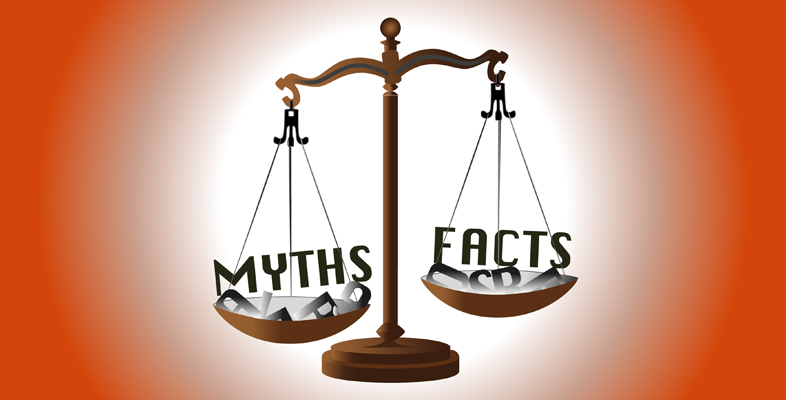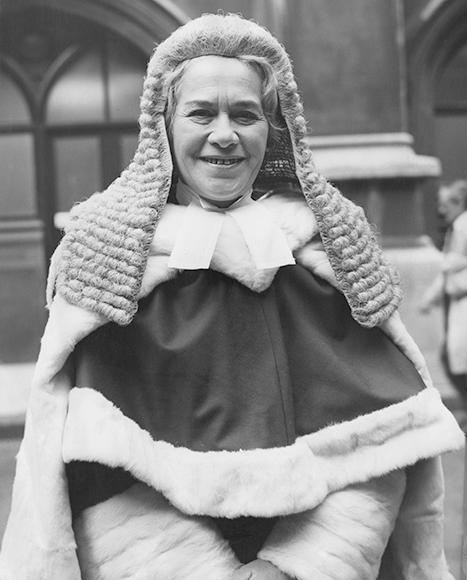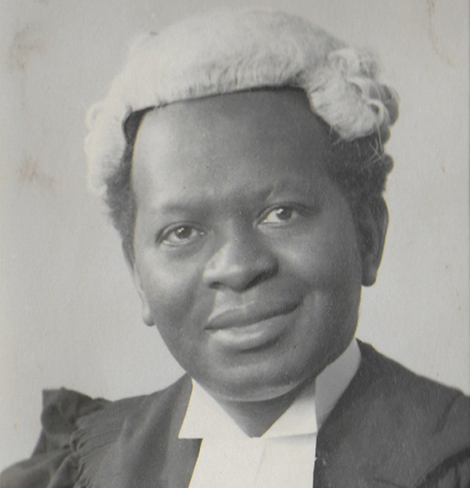2.2 Myth?
There have been significant changes to the judiciary and legal profession in the last century – and particularly in recent decades.
Box 2 Gender diversity
Judges are no longer exclusively white men. The Sex Disqualification (Removal) Act 1919 (SDRA) allowed women to become solicitors and barristers. The first women solicitors and barristers qualified in 1922. By 2020, 49 per cent of solicitors in law firms and 38 per cent of practising barristers were women (Solicitors Regulation Authority, 2020; Bar Standards Board, 2020).

Transcript: Women lawyers and judges
The first woman to be appointed as a judge was Rose Heilbron, who became a recorder (a part-time judge) in 1956.
Box 3 Ethnic diversity
There have also been significant increases in ethnic diversity among lawyers. In 2020, 21 per cent of solicitors and 13.6 per cent of barristers were from ethnic minority backgrounds (Solicitors Regulation Authority, 2020; Bar Standards Board, 2020).

Transcript: Ethnic minority lawyers and judges
The first black recorder was Tunji Sowande, appointed in 1978.
The statistics for other forms of diversity are less clear. Many lawyers choose not to declare their disability, sexuality, gender identity, religion, or socio-economic background.


